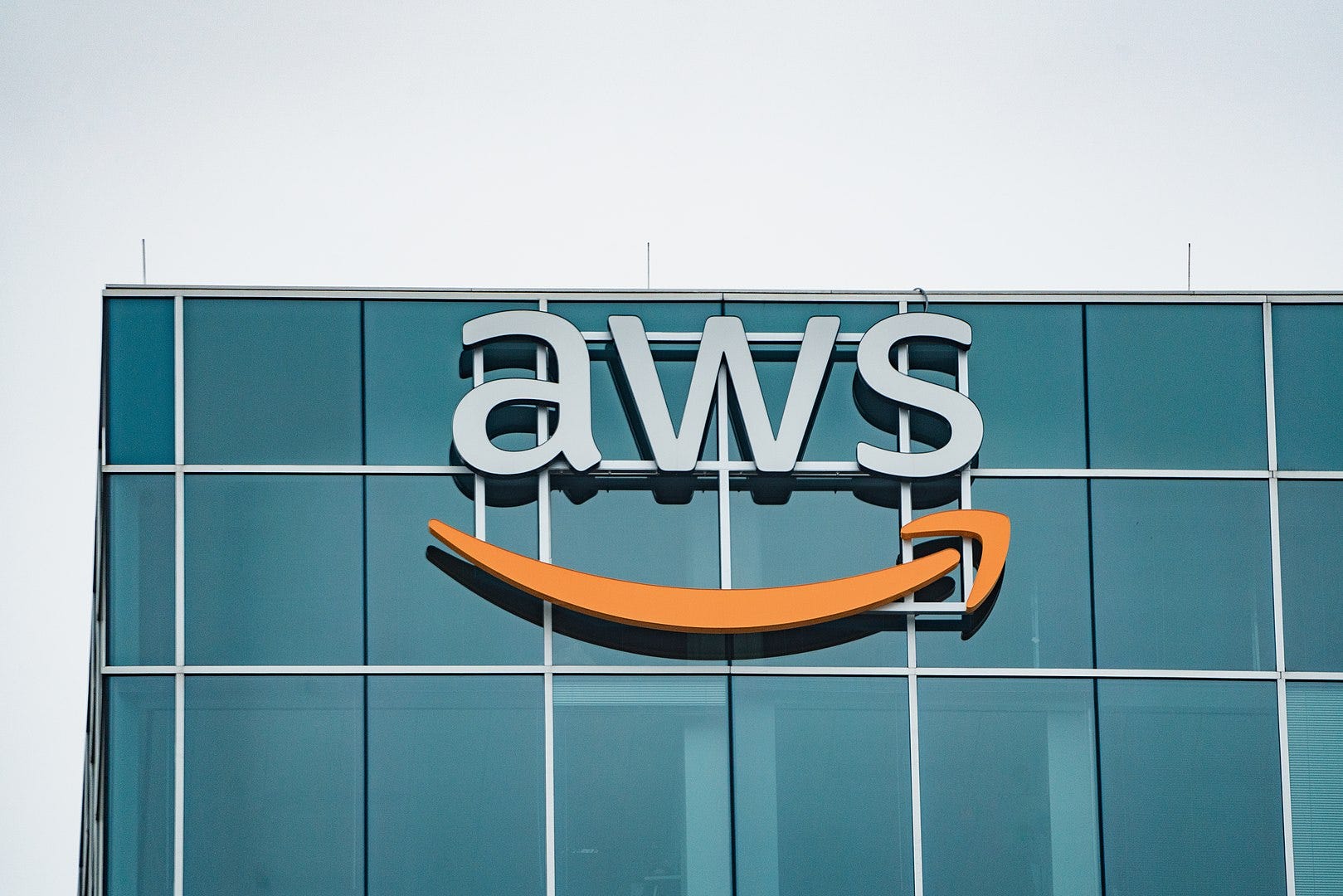Arm at Amazon
How Arm found a secure place in the biggest cloud

The question of what CPU Instruction Set Architecture - x86 or Arm, or even RISC-V - powers ‘the cloud’ might seem a little esoteric.
But there is a lot resting on this. Intel’s Q1 2023 DataCenter and AI revenues were down 39% when compared to Q1 2022, but still make up almost a third of the firm’s revenues.
Given the importance power efficiency in the datacenter, the lower power consumption offered by Arm designs would seem to be a winning feature.
But the journey for Arm into server CPU sockets has been a bumpy one.
It has long seemed likely that Arm would find a place in the server market and Arm’s management first announced its interest in servers as far back as 2012, soon after the launch of 64-bit AArch64 architecture.
However, multiple attempts by Arm’s partners have fallen short over the last decade. We can list some of the attempts to build and sell an Arm server design:
AMD : Launched its Skybridge Opteron Arm server in 2014 only to drop the initiative a year later.
Cavium : Launched ThunderX server CPU in 2014. Followed with ThunderX2 in 2018.
Marvell : Acquired Cavium in 2018. Launched ThunderX3 Arm server design in 2020, only to exit the business later that year.
Qualcomm : Centriq designed launched in 2017 only to be shut down as Qualcomm faced a hostile, and ultimately unsuccessful, bid from Broadcom.
Nuvia : Startup founded in 2019 and bought by Qualcomm in 2022. Designs now mired in a legal dispute between Qualcomm and Arm.
Finally though, Arm seems to have gained a firm place in the cloud at Amazon and through CPUs produced by Ampere Computing. In this post we’re going to look in some detail at how Arm finally made it onto servers at Amazon.
The rest of this post is for paid subscribers. If you value The Chip Letter, then please consider becoming a paid subscriber. You’ll get additional weekly content, learn more, and help keep this newsletter going!

